Peak electricity demand is expected to grow to to almost 900 GW by the end of the decade, up from nearly 800 GW in 2024, the Department of Energy said in its latest installment Pathways to Commercial Liftoff: Virtual Power Plants.
Virtual power plants (VPPs) are aggregations of small-scale distributed energy resources, such as rooftop solar with behind-the-meter batteries, energy storage and EV chargers.
Wood Mackenzie, which helped provide data and forecasts for the report, said the report comes at a pivotal moment for the U.S. power sectors. “VPPs are not the silver bullet solution to data center demand, but they are an essential part of an all-of-the-above solution,” Ben Hertz-Shargel, the global head of grid edge said.
VPPs can balance electricity demand, and supply-and-demand utility-scale and utility-grade grid services. VPP technology has shown immediate promise in replacing natural gas “peaker plants” on grids, offering additional capacity during times of peak electricity demand.
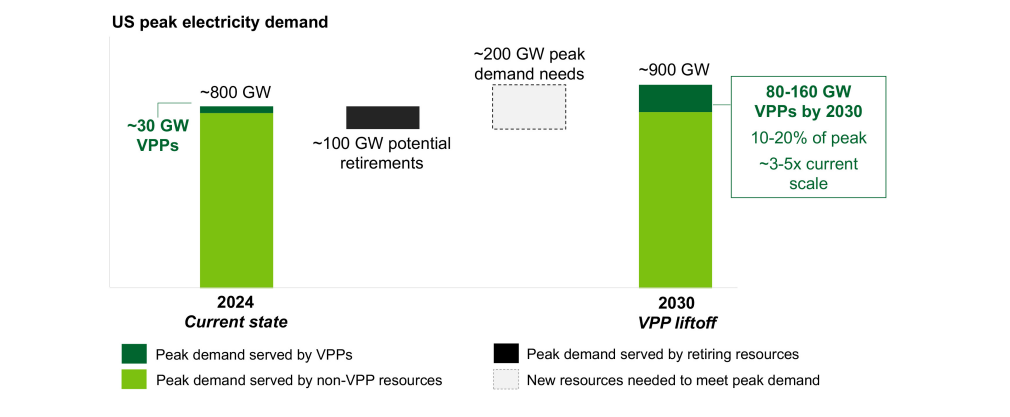
With about 30 GW to 60 GW of VPP capacity currently in the U.S., deployment needs to accelerate to reach between 80 GW and 160 GW, which could support rapid load growth while reducing overall grid costs. By increasing VPP capacity to this level, the U.S. could save about $10 billion per year in grid costs and redirect spending on peaking power plants to distributed energy resources.
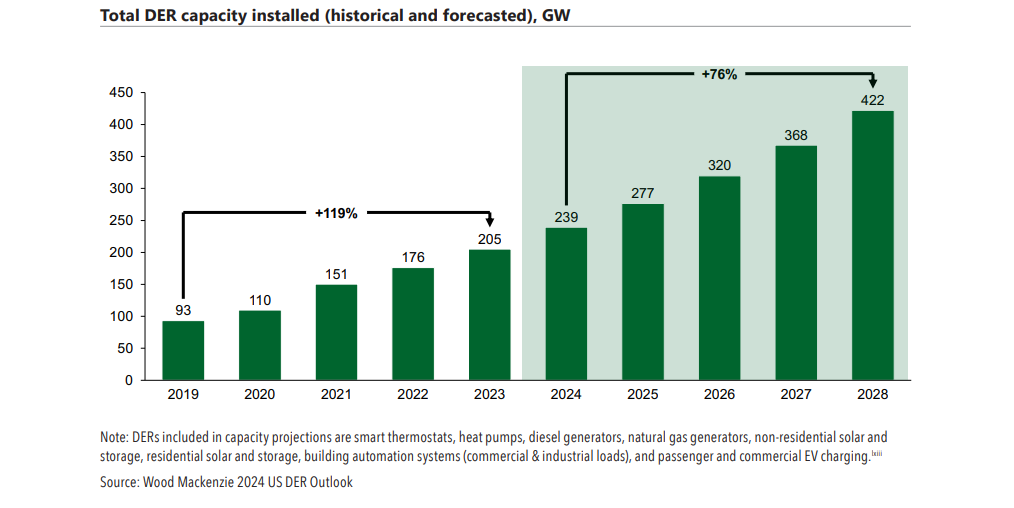
Though VPP scale grew to 33 GW across North America in the past year, “the pace of deployment must accelerate to achieve liftoff,” DOE said.
To do this, DOE said five imperative things must happen:
- Expand DER adoption with equitable benefits.
- Simplify VPP enrollment
- Increase standardization in VPP operations
- Integrate into utility planning and incentives
- Integrate into wholesale markets
To simplify VPP enrollment, for example DOE suggested automatically enrolling customers into VPPs when they buy distributed energy resources (but with the option to opt out).
Pressures on reliability, affordability and resilience
Energy-intensive data centers, domestic manufacturing, and electrification of transport and heating are expected to cause peak demand to increase from approximately 800 GW in 2024 to about 900 GW in 2030.
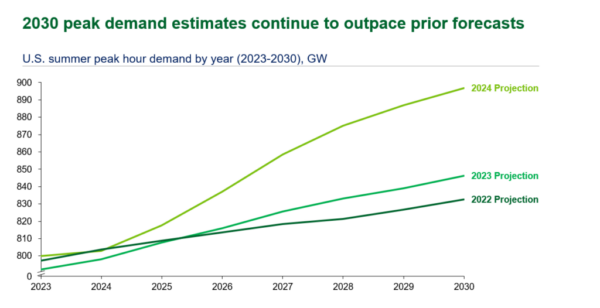
DOE said it expects capital investments to continue growing to meet rising load growth, which will put upward pressure on future electricity costs for ratepayers.
The U.S. experienced a record number, 28, of extreme weather events that caused at least $1 billion of damage, which totaled $95 billion of damage and injury. According to DOE, these extreme weather events are responsible for 75% to 80% of U.S. power outages for households and businesses.
VPP integration into utilities
Most utilities can currently implement some form of VPPs without any policy or regulatory change. However, VPP deployment has been highest in areas where state regulators and policymakers have implemented VPP-supportive actions, the report said.
According to the report, regulators have been motivating utility action that is more in line with ratepayer interest by
- establishing cost recovery pathways for VPP-related investments,
- improving system planning,
- supporting DER deployment and aggregation, and
- enhancing VPP operation and compensation models.
(See also: DOE’s Liftoff Plan: Three actions utilities can implement)
Distributed energy resources are expected to grow in every U.S. state, though the type and magnitude of growth will vary, the report said.
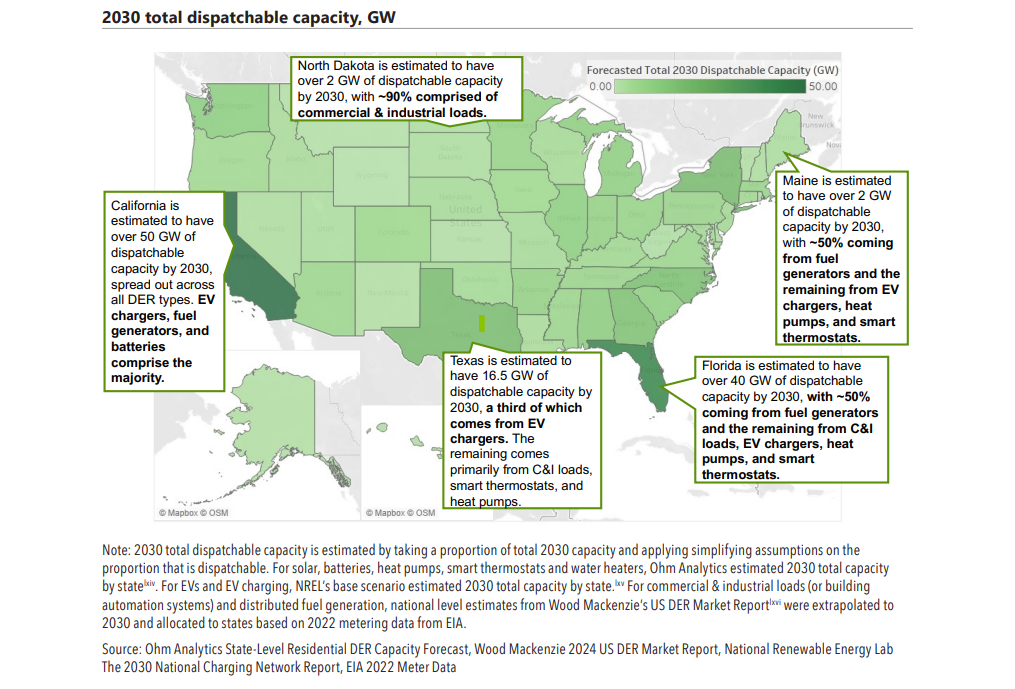
(See also: California tops the virtual power plant market & Texas leads VPP adoption with deregulated market)
The Pathways to Commercial Liftoff is a series of reports published by DOE that explore ways the public and private sector can collectively accelerate the commercialization of the technologies needed to decarbonize the U.S. economy. The report includes more than 75 case studies for VPP implementation.
DOE will host a webinar this Wednesday, January 15 at 8 a.m. CST to do a deep dive into the report. Registration is required.
This content is protected by copyright and may not be reused. If you want to cooperate with us and would like to reuse some of our content, please contact: editors@pv-magazine.com.
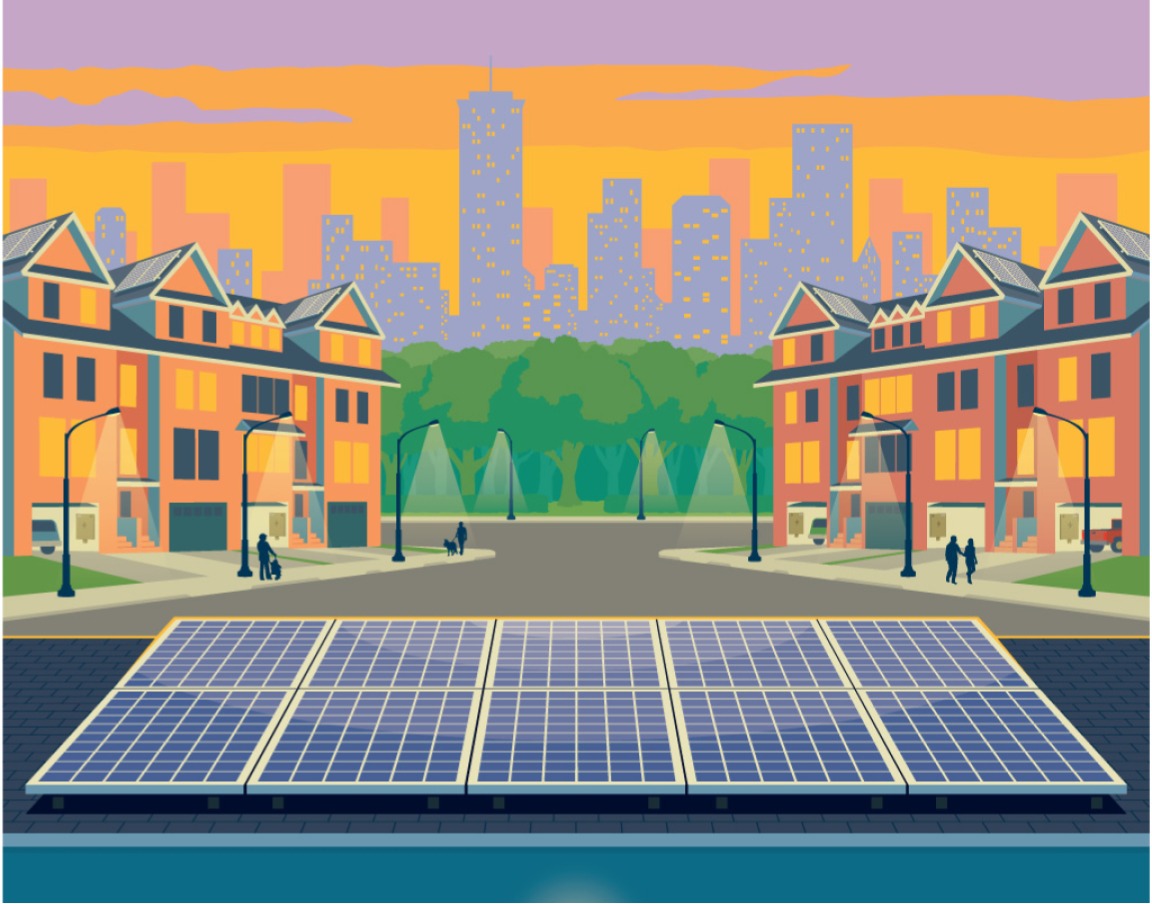
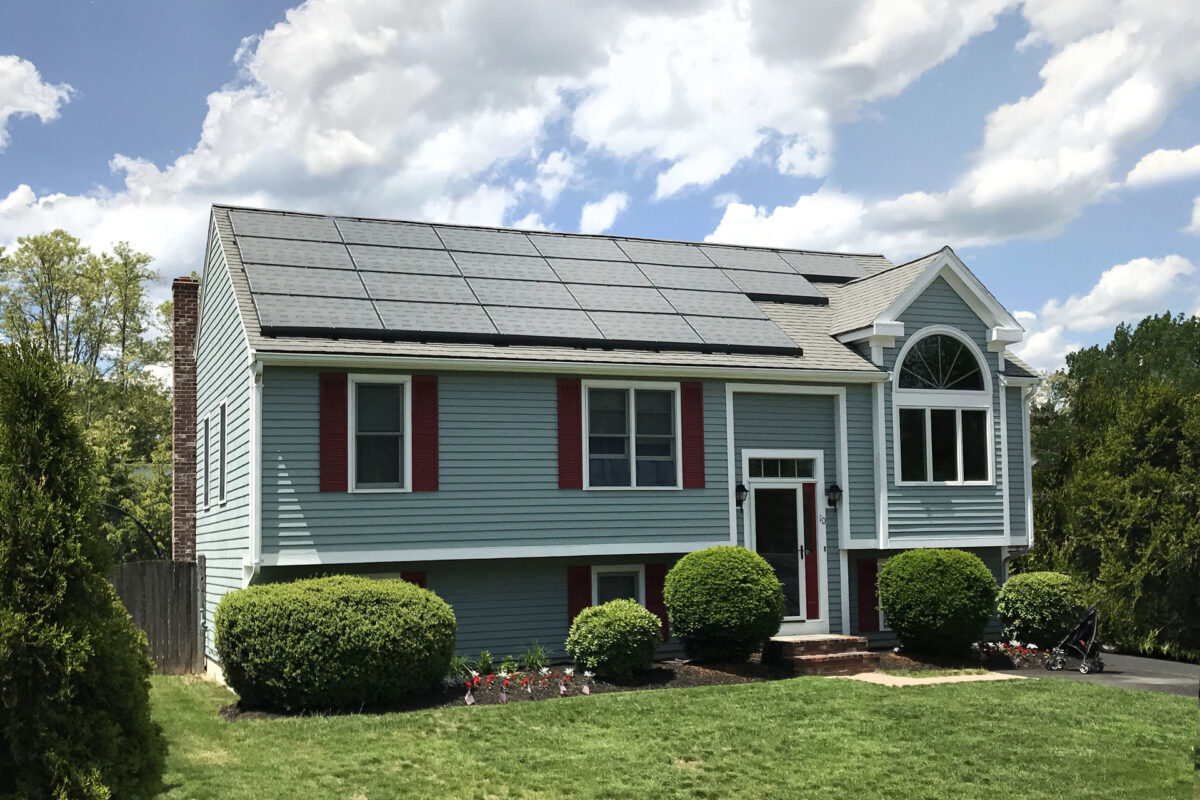


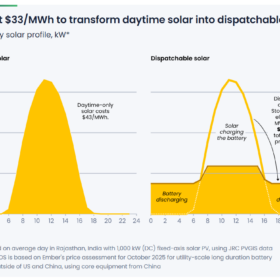
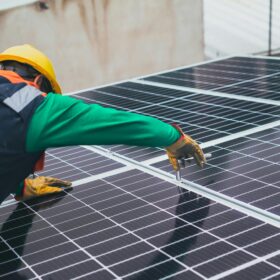
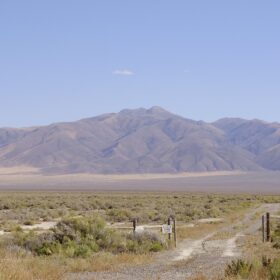

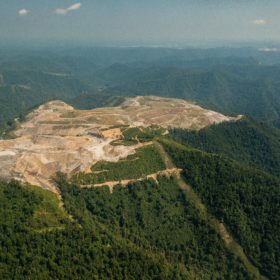
As per this report we must double our virtual power plant capacity to meet demand. According to the US Dept. of Energy, the US EPA and the Western Governors Association we can save/reduce each building’s energy demand/use by 75% plus . by installing geothermal energy pumps to heat and cool any building . They refer to large scale power plants. By installing the systems in each individual building we first decentralize our power production out across the country. By coupling solar panels and the new Iron Air batteries being made by form energy we can reduce the amount of solar panels to start with by 4/5. Because the IA batteries cost 1/10 of Lithium batteries and last 10xs longer and by reducing the demand of the batteries down to only 20% we can install 1/5 the amount of solar collectors to any amount over 20%. It will also increase the storage capacity from 100 hours to 500 hours for the building that uses the system. at the 20% rate. they will be able to provide 20 1/2 days. During an emergency the building can drop down to only 1/2 or 10%. The storage use time would be around 401/2 days. This would allow ample time for the sun to recharge the batteries. Each building would become its own power production plant located across the country and would potentially be at or near a disaster area and be able to produce power at or near where the disaster is. This would also reduce the load demand on the grid and should save money by not having to do as much repair to the grid and to meet the heavy loads being placed in the grid. By providing long term low interest loans guaranteed by our government this plan would not cost the people or the tax payors any money up front and would potentially make each building owner into a money making business. that has a good guaranteed income. The program will generate new jobs and spending by the people. Both will create new jobs and create new income taxes and so on. As soon as the systems are installed we begin to reduce the pollution and saves the people from having to clean up the pollution created by our waste. For our cleaner power plants we will leave them on line to create a base energy supply to for excessive power demand. The base power companies would be used to maintain the individual building power production. A % of the saving would be used to pay the power company employees to maintain the back up production and maintain the individual building power plants. Our excess energy could be sold to the countries who have not created this plan in their country.